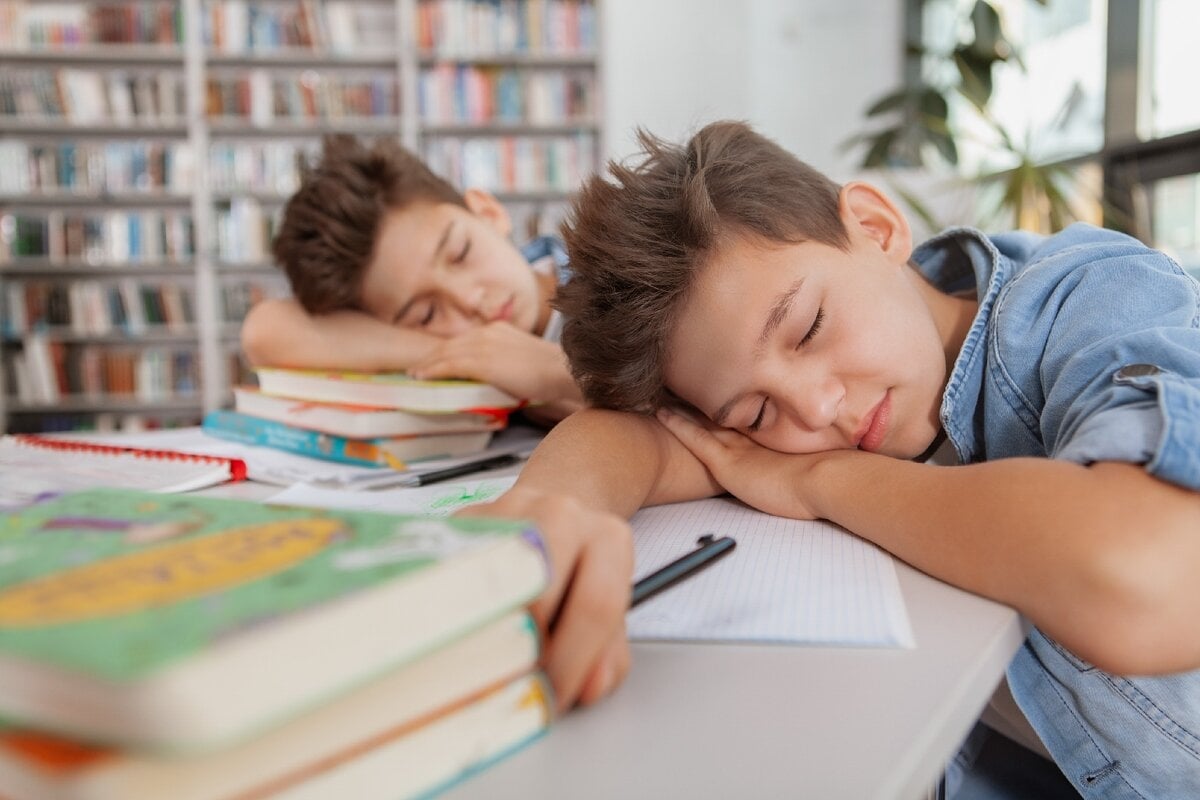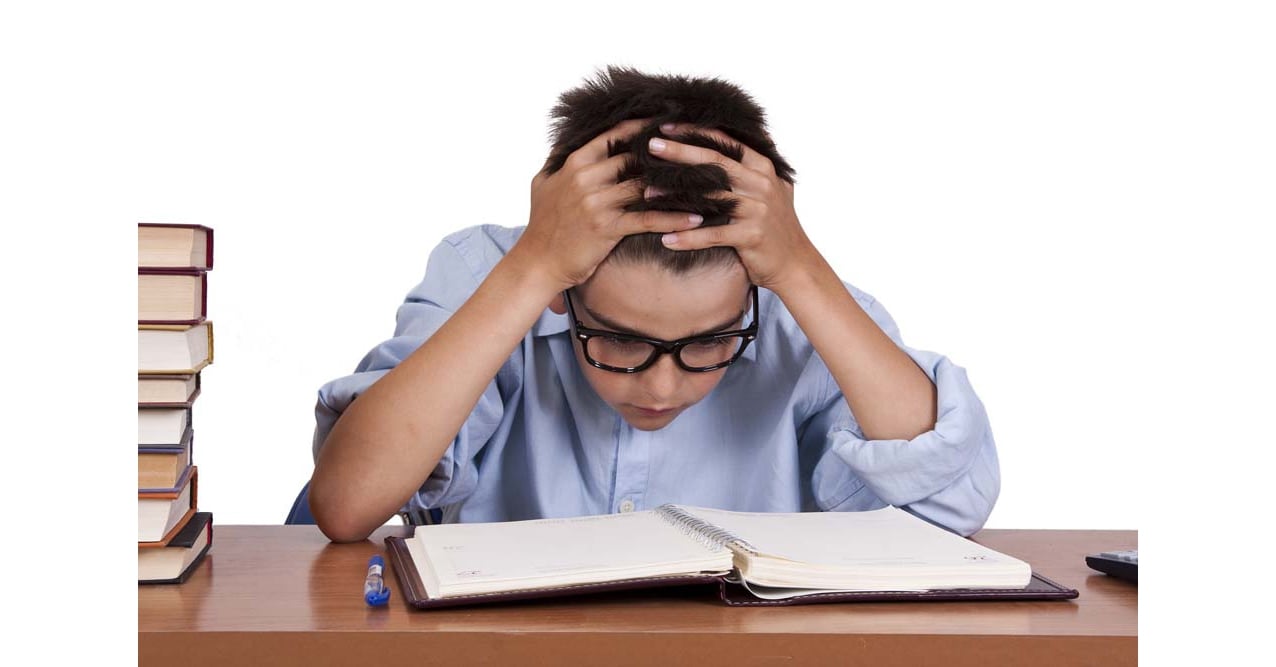Learning results from the individual facing a specific situation that includes certain means and techniques to carry out a specific educational activity. It requires the learner to have motives to activate their potential and abilities and push them to acquire the purpose of this learning. Also, learning can only occur by following the processes of analysis, synthesis, comparison, abstraction, generalization, and other mental processes.
Learning is judged by observing external performance using a set of criteria such as speed in learning what’s required, accuracy and skill in doing it with the least possible number of errors, and the number of learning attempts.
No doubt learning faces many problems, such as school dropouts, academic retardation, learning difficulties, slow learning, and other problems that stand in the way of education achieving its goals, as well as an obstacle to students’ academic progress and educational attainment.
The Concept of Slow Learning
The slow learning problem is one of the problems that used to occupy educational and psychological studies. It is one of the problems that teachers, parents, and students suffer from alike, as it constitutes a significant percentage, 10%, of almost any school. It means that the child cannot keep pace with their peers in education who are at the normal level in the study, leading them to a drop in academic achievement to below average. This affects the child's self-esteem and undermines their confidence in their abilities and capabilities.
This leads to severe educational problems, like unacceptable social behaviors, such as the student’s aggressive behavior in the classroom, escaping and vandalizing the school, or frequent and continuous absences from school. They may even drop out of all education, which is known as school dropout, due to the desperation they possess from their condition when comparing themself to their peers.
A child with slow learning does not reach the level of mental retardation, as their IQ is between 70 to 85, with a clear decline in academic achievement. It means that their academic achievement is less than that of a child of the same chronological age, as they cannot rise to the level required by the educational situation based on the traditional methods used in regular schools.
In general, a child with slow learning is a child who is not able to keep pace with their peers of the same chronological age in academic achievement for various social, psychological, or mental reasons. This name calls a child who is slow in learning because they cannot benefit from general education programs as they should. Usually, a child who is slow in one subject is also slow in all other subjects; however, in exceptional cases, the student may be slow in a particular subject and perform well at an average rate of more than average in the rest of the subjects.
It should be noted that a slow learner is a child who is normal in most aspects of their psychological, emotional, physical, and sensory development, as they adapt well to their surroundings and peers. Still, they are abnormal in their ability to learn. Their suffering is limited to absorbing the study materials presented in the school curricula so that the child will be late in their responses than the rest of their colleagues.

Slow Learning Reasons
Slow learning is associated with many causes that can be classified into 5 categories:
1. Psychological Reasons
It is the set of reasons that affect the general mood, emotions, and behavior patterns of the child, such as shyness, isolation, introversion, low self-confidence of the student, and the formation of their inferiority complex, in addition to the feeling of inferiority. All the psychological reasons behind the slow learning can be attributed to situations that the child is exposed to and that significantly affect their psyche and character formation, such as the excessive cruelty of parents or excessive pampering.
2. Social Reasons
Several social reasons affect the child’s personality and academic achievement and cause them to slow down in learning, such as cases of family disintegration and problems experienced by parents, such as divorce, travel, or the death of one or both parents. There is also the economic level of the family and its ability to meet the child's needs, and the weakness of family control over the behavior of its children leads to them committing many socially unacceptable and abnormal things.
3. Genetic Reasons
Genetic reasons are associated with reduced mental abilities, like a low level of intelligence in the child or developmental disorders.
4. Educational Reasons
It is directly related to the school environment, such as the lack of a qualified and appropriate teacher and the lack of consideration for individual differences between students. The teacher gives the lesson at one general pace and uses teaching methods and means of the same style for all students. Some teachers may also discriminate between students in one classroom in a way that may lead to the frustration of others and their loss of motivation to learn. In addition to the reasons related to the teacher, the educational program may not be suited to the needs and talents of the students for other reasons.
5. Physical Reasons in the Learning Environment
It means the inappropriate classroom environment, such as poor ventilation, extreme cold or high temperature, the distance of the school from the child's home, the students having to walk long distances daily, and the presence of large numbers of students in one class, which impedes the learning process.
Slow Learning Types
1. Genetic slow learning
Its basis is genetic causes such as poor mental or developmental abilities.
2. Acquired slow learning
It is due to psychological, social, environmental, and educational causes.
Characteristics of a Slow Learner Child
1. Physical Characteristics
A child with slow learning is less developed than their normal peers, heavier in weight, and weak in the senses of smell, hearing, and sight. Some studies conducted on the physical condition of the slow learner showed that about 56% of the total slow learners suffer from various diseases such as severe anemia, birth defects, and defects in the senses such as short-sightedness or speech defects. In addition, they take longer to learn what their peers learn, such as walking and learning to speak.
2. Mental Characteristics
The intelligence of this category ranges between the limits of normal intelligence and the limits of mental retardation. Most studies have indicated that the IQ of slow learners is between 70, 85, and 90 degrees, they also suffer from poor concentration and attention for a long time, in addition to weakness in memory and the ability to remember, and a clear weakness in the basics of education such as reading and writing, as well as in deductive thinking skills.
3. Emotional Characteristics
Slow learners suffer from low self-confidence, stress, persistent anxiety, emotional instability, shyness, and a tendency to isolate and withdraw from peers.

4. Social Characteristics
The slow learner makes social friendships, but they are relatively short and do not last long. The slow learning child also plays naturally, but they often prefer to play with those younger than them and behave appropriately for their peers of the same chronological age. In contrast, they behave well for those who are younger than them, and they have difficulty following a series of directions or consecutive instructions.
How Should a Slow Learner Child Be Dealt With?
- Segmentation of the scientific material and setting simple goals for the slow child so that they can accomplish them according to their abilities without suffering and losing their enthusiasm for learning.
- Using their own teaching aids and teaching methods to help them link information.
- The use of encouragement methods in education, such as reinforcement and rewards.
- Slow learners should not be isolated from normal children, rather, it is necessary to seek to integrate them together. This increases the child's self-confidence and improves their psychological state.
- The physical education teacher should help the students by doing exercises that promote physical activity, focusing on exercises that strengthen the muscles.
- The family must take care of the child’s health status through good nutrition, continuous psychological care, maintaining cleanliness, and securing the appropriate family atmosphere away from cruelty and bullying. All that is needed is to build the child’s personality and increase their motivation for achievement and academic achievement. In addition to following certain teaching methods with them at home to help them acquire and remember the required information, and in addition to the above, the family should encourage their child to engage in non-study and social activities or enhance their inclinations to a hobby they love and prefer and help them to advance in it.
- Finding cooperation between the family and the school to follow up on any problem that occurs and work to treat it immediately to prevent its aggravation and exacerbation.
In Conclusion
There is a group of students who suffer from the problem of slow learning, as they find it difficult to keep pace with their peers. This problem represents an obstacle to academic achievement, impedes their progress, and may lead them to academic failure due to their frustration and lack of self-confidence. Over time, their will and motivation to learn weaken due to their inability to catch up with their peers. Therefore, it is the teacher’s responsibility to identify the slow students from the beginning of the school year and allocate their program to support them while emphasizing the need to integrate them with normal individuals to overcome maladaptation problems.
The school administration must also secure the appropriate classroom environment and cooperate with the student’s family in solving their problems. Helping slow-learning students to overcome their problems and join their peers is a corporate responsibility shared by the teacher, school, and family.






Add comment